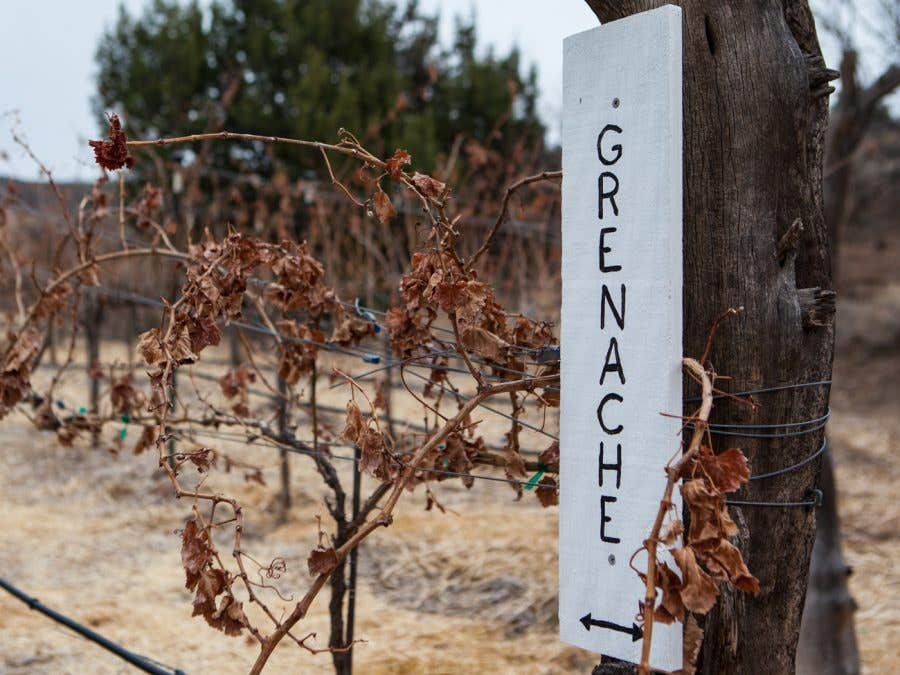If there’s one variety that has seen its popularity explode in the past few years, it’s definitely Grenache, which is now the fifth most planted grape variety worldwide. This is partly because it is increasingly treated with finesse, but also because of its good resistance to several diseases. With its resilience in the face of drought, and what with our current context of climate change, could Grenache be the variety of the future?
Origins
Grenache originates from the northeast of Spain, although it had long been thought to originate in Sardinia under the name Cannonau. Spaniards are very proud of their Grenache, and although I will be lingering here on the grape’s expression by way of Spanish soil, allow me to first present the grape in a more international context, in English.
Grenache in a nutshell:
- Third most important black grape variety in Spain, after Bobal and the celebrated Tempranillo
- Represents 7% of Spain’s total grape varieties
- The most important variety in Aragon
- Fifth most planted variety in the world
- Grenache can be found in the United States, France, Italy, Argentina, Chile, South Africa and Australia
Characteristics of Grenache
While it traditionally makes heady, low-acidity wines, as in Campo de Borja, where the oldest vines in its native Aragon can be found, it is also capable of greater finesse when cultivated at altitude in the shale-type soil of Calatayud, or in the rich limestone soils of the Vino de Madrid appellation. Grenache is also used in blends with Syrah, Carignan and Mourvèdre (or Monastrell in Spanish) in the southern Rhône and Languedoc regions, or even in Spanish domains like Priorat and Rioja, where it can be found alongside Tempranillo. With its high level of natural sugar, it’s not surprising that wines made from Grenache are often high in alcohol. Its top level aromas feature cherry, sweet spices and truffle, as well as burnt caramel and cocoa when stored in barrels. To produce interesting wines, Grenache needs a good dose of heat in order to ensure its maturation is complete. This is why Grenache is often found all around the Mediterranean Sea as well as in the hottest regions of the world—one thinks particularly of California or the McLaren Vale region in Australia, where this variety fares wonderfully well. Why not organize a comparative tasting with a few friends?
Grenache has finally made a place for itself in the world of wine. Take a moment to rediscover the voluptuous finesse of this variety.
Salud!
 Free in-store delivery with purchases of $75+ in an estimated 3 to 5 business days.
Free in-store delivery with purchases of $75+ in an estimated 3 to 5 business days.










